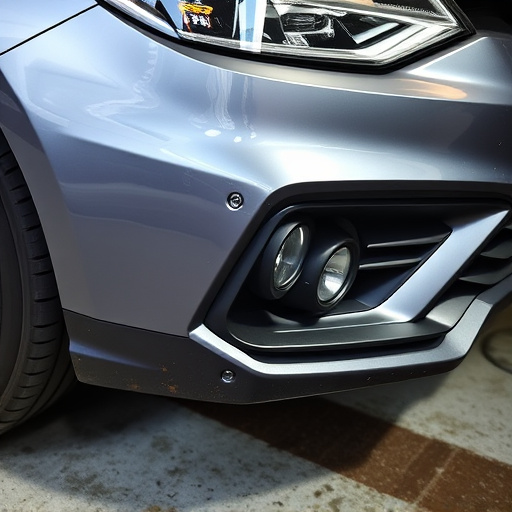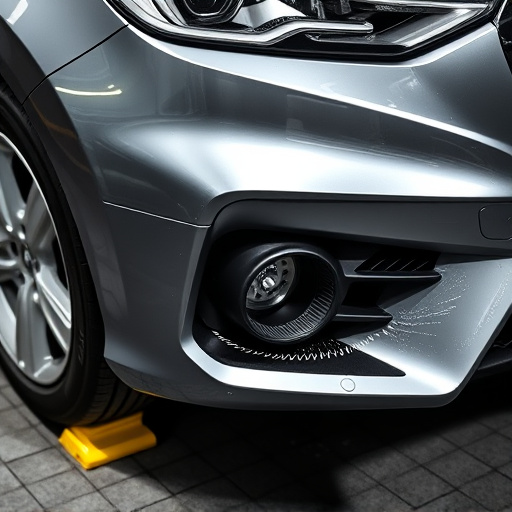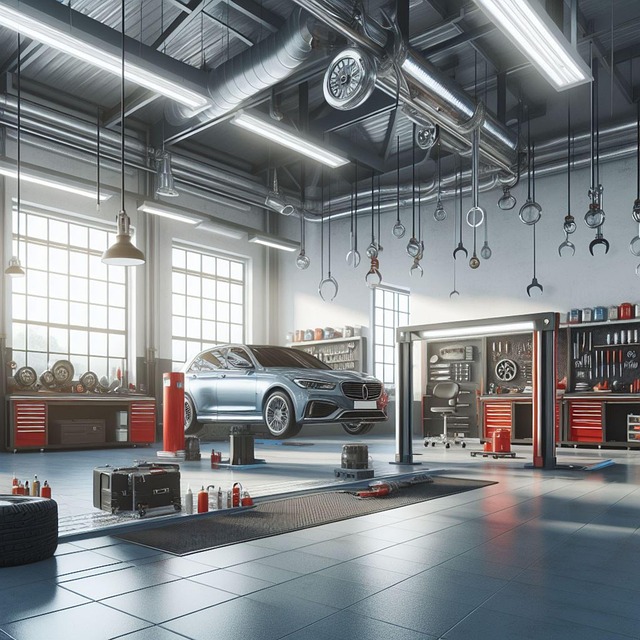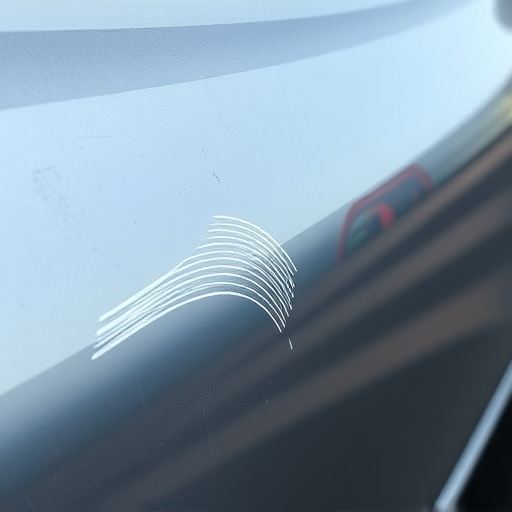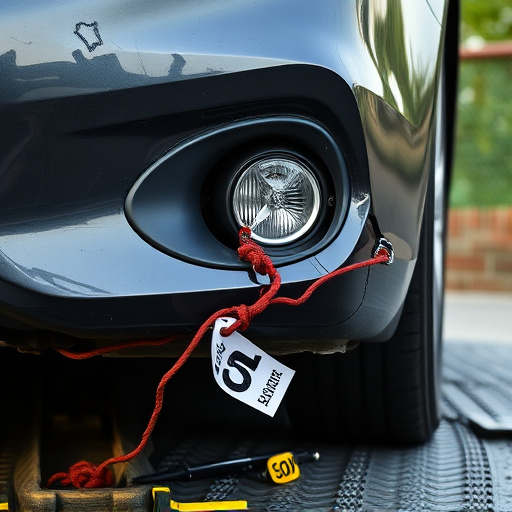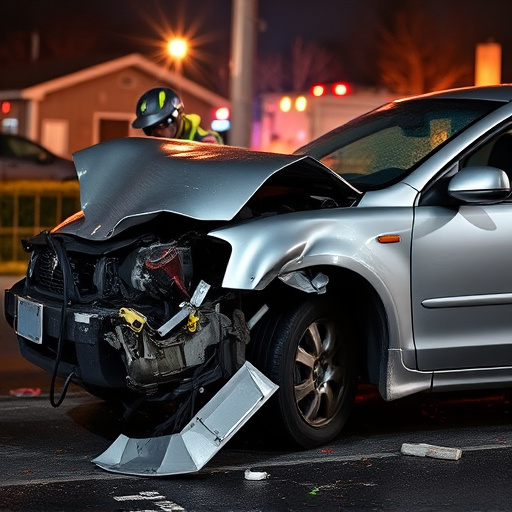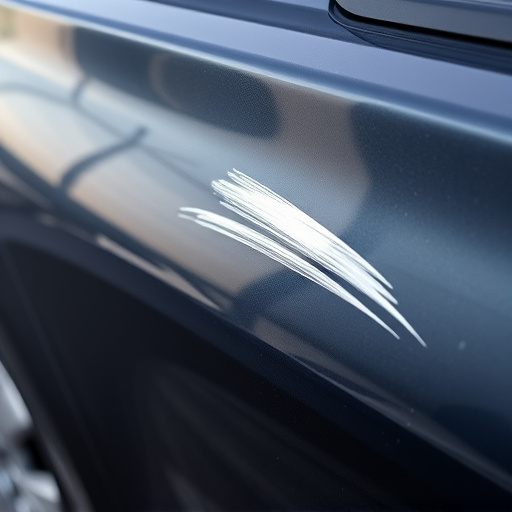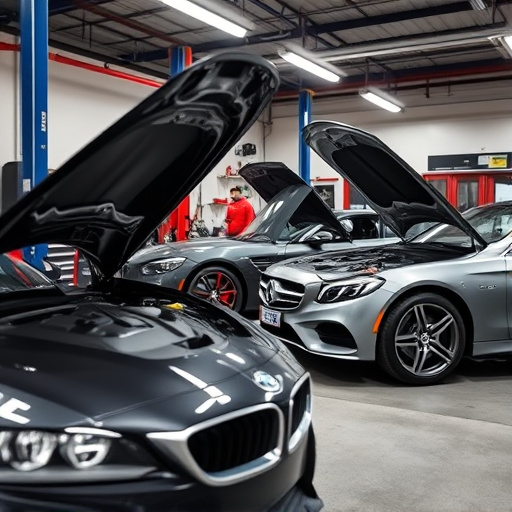The future of Model S collision centers is shaped by autonomous repair technologies and digital integration, promising enhanced efficiency, cost savings, and improved customer experiences. These centers lead an industry green revolution with sustainable materials and eco-friendly practices, setting new standards for environmental stewardship while delivering high-quality car repairs.
“The future of Model S collision centers is here, driven by innovative technologies that promise to transform the automotive repair landscape. From autonomous repair systems revolutionizing efficiency, to digital integrations streamlining operations, these advancements are reshaping the way we approach vehicle restoration. Furthermore, sustainable materials and eco-friendly practices are gaining traction, reflecting a commitment to environmental responsibility. This article explores these emerging trends, highlighting how they enhance collision center capabilities and contribute to a greener future for Model S vehicles.”
- Advancements in Autonomous Repair Technologies
- Digital Integration for Streamlined Collision Center Operations
- Sustainable Materials and Eco-Friendly Practices
Advancements in Autonomous Repair Technologies

The future of Model S collision centers is set to be revolutionized by advancements in autonomous repair technologies. These innovations promise to streamline and accelerate the repair process, making it more efficient and cost-effective for both auto body shops and their customers. Autonomous systems can handle tasks like car dent removal and paintless dent repair with remarkable precision, reducing manual labor and the potential for human error. This not only enhances the overall quality of repairs but also allows auto body shop technicians to focus on more complex and specialized tasks, ultimately improving service capabilities.
Furthermore, these technological advancements are expected to bring about a significant change in how we perceive and interact with collision centers. With automated systems taking over routine tasks, customers can expect quicker turnaround times and potentially lower costs for repairs. This shift could also lead to a more personalized experience, where advanced diagnostics and predictive maintenance play a pivotal role in keeping vehicles in optimal condition, minimizing the need for frequent visits to the Model S collision center.
Digital Integration for Streamlined Collision Center Operations

The future of Model S collision centers is heavily reliant on digital integration, promising to revolutionize the way these facilities operate. By seamlessly integrating advanced technology into their processes, collision centers can streamline operations, enhance efficiency, and deliver superior customer experiences. This transformation involves leveraging digital tools for everything from initial damage assessments to scheduling appointments and managing inventory. With real-time data access, technicians can make informed decisions, ensuring accurate and timely car damage repair.
Through digital platforms, customers can also actively participate in the process, receiving transparent updates on their vehicle’s status, including detailed information about dent removal or other automotive repair services. This level of transparency builds trust and satisfaction, as clients remain informed every step of the way. By embracing these technological advancements, Model S collision centers can position themselves at the forefront of the industry, offering state-of-the-art solutions for car damage repair while meeting evolving customer expectations.
Sustainable Materials and Eco-Friendly Practices
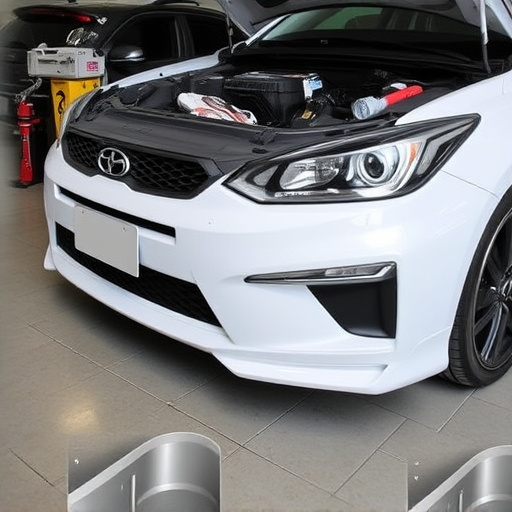
As the automotive industry continues to evolve, so too do the materials and practices used in Model S collision centers. One prominent trend is the increasing use of sustainable materials, reflecting a growing environmental consciousness among both manufacturers and repair facilities. This shift towards eco-friendliness isn’t just about aesthetics; it involves leveraging recycled, biodegradable, or renewable resources wherever possible, from composite panels to bio-based plastics, all while minimizing waste during vehicle restoration processes.
These greener approaches extend beyond materials selection to encompass a wider range of eco-friendly practices. Many collision centers are now incorporating energy-efficient equipment, reducing their carbon footprint through optimized shop floor layouts, and adopting sustainable tire services that promote responsible disposal and recycling. By embracing these innovations, Model S collision centers not only contribute to a more sustainable future but also set new standards for the industry as a whole, showcasing a commitment to both excellent car repair services and environmental stewardship.
As we look ahead, the future of Model S collision centers is shaped by innovative technologies and sustainable practices. Autonomous repair systems are set to transform the way we approach vehicle damage assessment and repair, enhancing efficiency and accuracy. Digital integration will further streamline operations, allowing for real-time data sharing and improved customer experiences. Additionally, embracing sustainable materials and eco-friendly practices not only reduces environmental impact but also reflects a commitment to a greener future. These trends promise to revolutionize collision center operations, ensuring faster turnarounds, higher quality repairs, and an overall more sustainable approach to automotive care.

